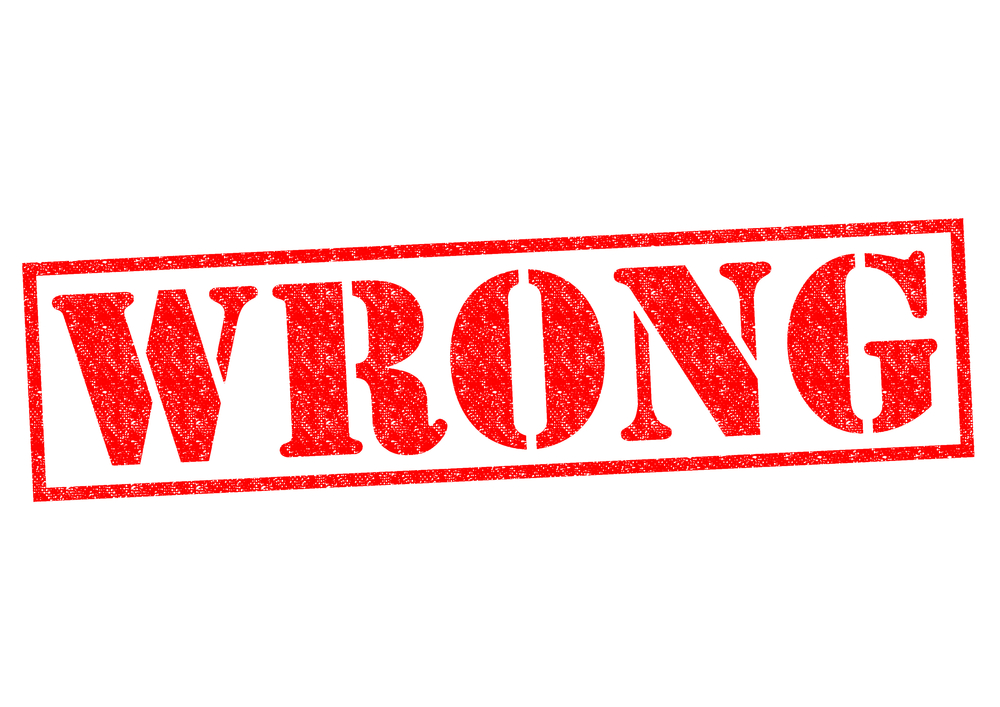Greenpeace: Return of The One-Trick Pony
Another Greenpeace publicity scheme prepares to end in failure and embarrassment. For the last several years, the global fundraising group had tried to create buzz for a makeshift top-ten list of sorts — ranking grocery retailers on seafood sourcing practices.
At first, it got a little coverage from their friends in the activist media. But after NFI alerted editors to some obvious problems in the methodology, media attention fell off a cliff. What sort of problems? First, the “survey” Greenpeace used with the retailers (read: the targets) was completely arbitrary and the underlying measurements hidden from view. Or to put it in journalism terms: fabricated. Second, those companies that responded in good faith to the survey were actually singled out for further abuse and hostility from Greenpeace.
Turns out that asking reporters to deceive readers and squandering donor money for zero results isn’t a very smart strategy.
So what did the geniuses at Greenpeace do next? They decided to use the exact same trick, but this time to go after foodservice companies, hoping for a different result. Greenpeace’s attempts to strong-arm retailers into agreeing with their unsubstantiated views on sustainability were an abject failure – and was finally scrapped after retailers realized the futility of responding to Greenpeace only brought on more attacks. Retailers began sitting quietly until the fundraising stunt was over – refusing to be part of the cycle of abuse. There was simply no upside to negotiating with activists who are happy to rake companies over the coals whether they cooperate or not.
Greenpeace is so busy with arbitrary rankings that they’ve never done a single environmental or economic impact study of the fishing methods they say they prefer. Methods, like pole and line fishing, which would require vastly more boats and greater fuel consumption. Meanwhile the tuna industry, for example, has worked for years with scientists and ocean experts, industry leaders, and fisheries champions to craft effective, enforceable, and verifiable sustainability practices – which is why bycatch rates are at historic lows.
But it’s been more than 1880 days since they were invited by the International Seafood Sustainability Foundation (ISSF) to participate in the ongoing dialogue about tuna fisheries and sustainability. Greenpeace refuses to join the grown-ups at the table to discuss real sustainability studies. This would clearly take too much time away from hitting donors up for cash.
Donors should take note of their failure to work seriously on sustainability issues and the myriad of legal, ethical, financial and reputational problems facing Greenpeace around the globe – from losing millions in donor money on financial speculation, to criminally desecrating the Nazca Lines, to facing an ongoing federal racketeering and fraud lawsuit. Can Greenpeace explain why foodservice companies should risk their professional reputation to work with them?
Greenpeace, after all, proudly states that it has “no permanent friends.” Which means that one capitulation is never enough. Greenpeace claims a victory, and fundraises off each win, but they inevitably come back—after a few months, or a few years—with a new round of attacks, demands and even standards.
Luckily, the example of Greenpeace’s failed retailer rank’n’spank is out there for all to see. The cost of “cooperating” far exceeds that of ignoring them all together, especially considering that traditional and social media coverage of their retailer-focused attacks diminished to the point of non-existence. Quite simply, Greenpeace is a one-trick pony.



